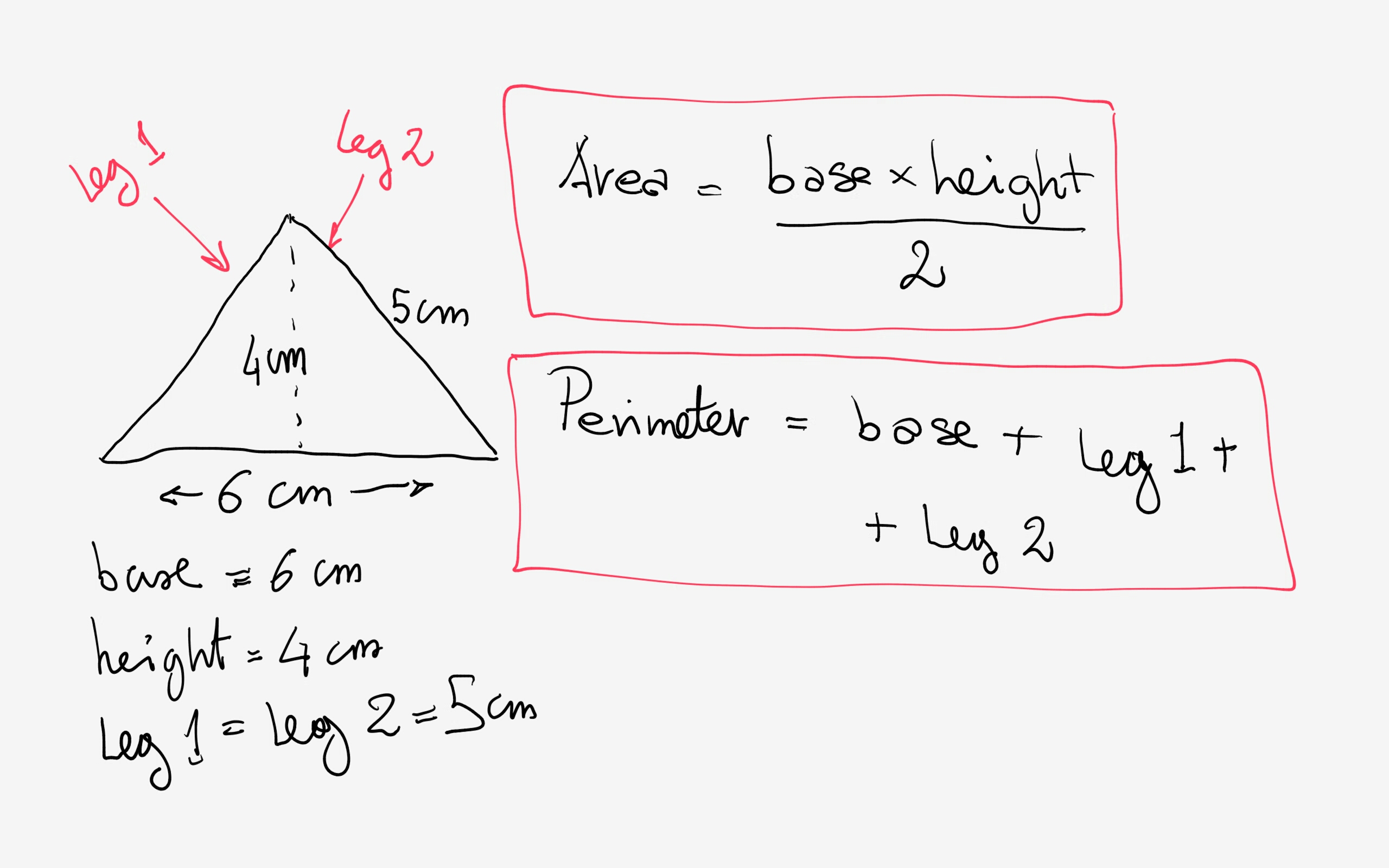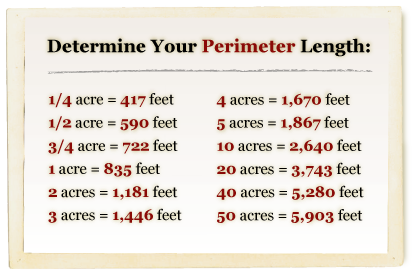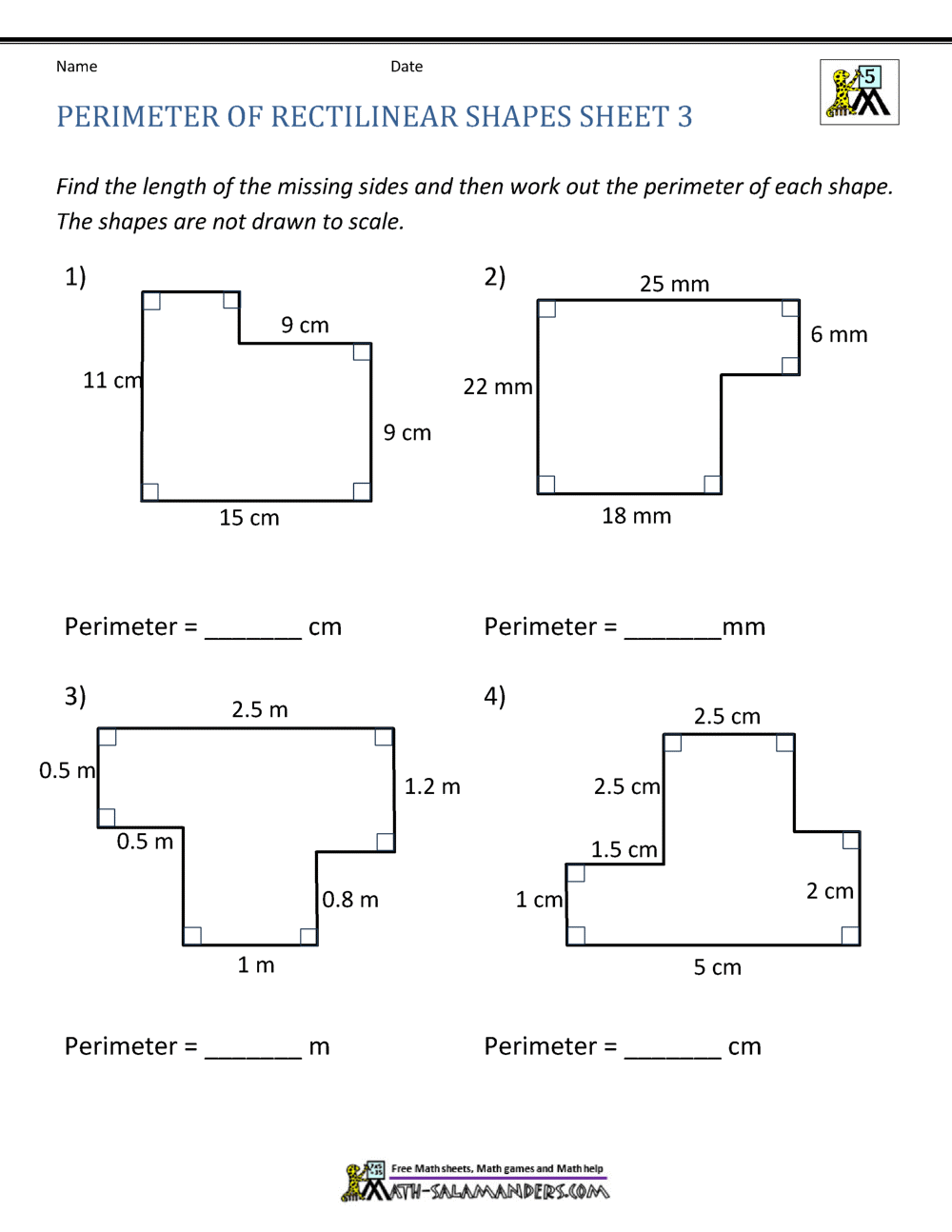Topic how to calculate perimeter of a parallelogram: Learn how to calculate the perimeter of a parallelogram with our easy-to-follow, step-by-step guide. This article simplifies the process, ensuring you understand the essential formula and method to determine the perimeter accurately. Whether for academic purposes or practical applications, mastering this calculation is now within your reach.
Table of Content
- How to Calculate the Perimeter of a Parallelogram
- Introduction
- Understanding Parallelograms
- Basic Properties of Parallelograms
- Formula for Perimeter
- Step-by-Step Calculation
- Example Calculations
- Special Cases
- Using Different Units
- Common Mistakes to Avoid
- Applications in Real Life
- Conclusion
- YOUTUBE: Video hướng dẫn cách tính chu vi hình bình hành bằng các bước đơn giản và dễ hiểu. Hãy xem video để nắm vững phương pháp tính toán này.
How to Calculate the Perimeter of a Parallelogram
The perimeter of a parallelogram can be calculated using the lengths of its sides. A parallelogram has two pairs of opposite sides that are equal in length.
Formula
The formula to calculate the perimeter \( P \) of a parallelogram is:
\[ P = 2(a + b) \]
where \( a \) and \( b \) are the lengths of the adjacent sides.
Steps to Calculate
- Measure the length of one side of the parallelogram and denote it as \( a \).
- Measure the length of the adjacent side and denote it as \( b \).
- Use the formula \( P = 2(a + b) \) to calculate the perimeter.
Example
Suppose we have a parallelogram with sides measuring 5 cm and 8 cm.
- Let \( a = 5 \) cm
- Let \( b = 8 \) cm
Using the formula:
Therefore, the perimeter of the parallelogram is 26 cm.
Additional Tips
- Ensure that the measurements of the sides are accurate for a precise calculation.
- The units of the sides should be the same before applying the formula.
- This method applies to all parallelograms, including rectangles and rhombuses, since they are special types of parallelograms.
| Side Length \( a \) (cm) | Side Length \( b \) (cm) | Perimeter \( P \) (cm) |
| 5 | 8 | 26 |
| 7 | 10 | 34 |
| 12 | 15 | 54 |
By following these steps and tips, you can easily calculate the perimeter of any parallelogram.

READ MORE:
Introduction
The perimeter of a parallelogram is a fundamental concept in geometry, useful in various fields such as mathematics, engineering, and architecture. Understanding how to calculate it can provide a strong foundation for more advanced topics. A parallelogram is a four-sided polygon with opposite sides that are equal in length and parallel. The perimeter is the total distance around the shape.
To calculate the perimeter of a parallelogram, you need to know the lengths of its adjacent sides. The formula for the perimeter \( P \) is straightforward:
\[
P = 2(a + b)
\]
where \( a \) and \( b \) are the lengths of the adjacent sides.
Here is a step-by-step guide to help you understand the process:
- Measure the sides: Identify the lengths of two adjacent sides of the parallelogram. Denote these lengths as \( a \) and \( b \).
- Apply the formula: Substitute the measured lengths into the formula \( P = 2(a + b) \).
- Calculate: Perform the addition inside the parentheses first, then multiply by 2 to find the perimeter.
For example, if a parallelogram has side lengths of 6 cm and 10 cm, the perimeter calculation would be:
\[
P = 2(6 + 10) = 2 \times 16 = 32 \, \text{cm}
\]
In conclusion, calculating the perimeter of a parallelogram is a simple process involving basic arithmetic. Mastering this skill will enhance your understanding of geometric properties and their applications.
Understanding Parallelograms
A parallelogram is a type of quadrilateral with some unique properties that distinguish it from other four-sided figures. The key characteristics of a parallelogram are:
- Opposite sides are parallel: In a parallelogram, each pair of opposite sides is parallel. This means that they run alongside each other without ever meeting.
- Opposite sides are equal in length: Not only are the opposite sides parallel, but they are also equal in length. If one side is 8 cm, the side directly opposite to it will also be 8 cm.
- Opposite angles are equal: The angles opposite each other in a parallelogram are equal. If one angle is 70 degrees, the angle directly opposite to it is also 70 degrees.
- Consecutive angles are supplementary: Any two consecutive angles in a parallelogram add up to 180 degrees.
- Diagonals bisect each other: The diagonals of a parallelogram intersect at their midpoints, effectively bisecting each other.
These properties can be useful in various calculations and proofs in geometry. To visualize a parallelogram, consider the shape shown below:
| Property | Description |
| Opposite sides | Parallel and equal in length |
| Opposite angles | Equal |
| Consecutive angles | Supplementary |
| Diagonals | Bisect each other |
Understanding these properties is crucial for working with parallelograms in various mathematical problems, including finding the perimeter. Knowing that opposite sides are equal simplifies the process of using the perimeter formula:
\[
P = 2(a + b)
\]
where \( a \) and \( b \) are the lengths of adjacent sides.
By recognizing and applying the fundamental properties of parallelograms, you can solve related geometric problems more efficiently and accurately.
Basic Properties of Parallelograms
Parallelograms are a special class of quadrilaterals that exhibit several key properties making them unique and useful in various geometric contexts. Understanding these properties is essential for solving problems related to parallelograms, including calculating their perimeter. Here are the fundamental properties of parallelograms:
- Opposite Sides are Parallel and Equal:
In a parallelogram, each pair of opposite sides is both parallel and equal in length. This means if side \( AB \) is parallel and equal to side \( CD \), and side \( BC \) is parallel and equal to side \( DA \), then \( AB = CD \) and \( BC = DA \).
- Opposite Angles are Equal:
The angles opposite each other in a parallelogram are equal. If angle \( \angle A \) is 60°, then angle \( \angle C \) is also 60°.
- Consecutive Angles are Supplementary:
Any two consecutive angles in a parallelogram add up to 180°. For example, if \( \angle A \) and \( \angle B \) are consecutive angles, then \( \angle A + \angle B = 180° \).
- Diagonals Bisect Each Other:
The diagonals of a parallelogram intersect at their midpoints, dividing each diagonal into two equal parts. If \( AC \) and \( BD \) are diagonals intersecting at point \( E \), then \( AE = EC \) and \( BE = ED \).
| Property | Description |
| Opposite Sides | Parallel and Equal |
| Opposite Angles | Equal |
| Consecutive Angles | Supplementary |
| Diagonals | Bisect Each Other |
These properties are crucial for various geometric calculations and proofs. For example, when calculating the perimeter of a parallelogram, knowing that opposite sides are equal allows you to use the formula:
\[
P = 2(a + b)
\]
where \( a \) and \( b \) are the lengths of two adjacent sides.
Understanding and applying these basic properties will enable you to work more effectively with parallelograms and solve related problems with confidence.
Formula for Perimeter
Calculating the perimeter of a parallelogram involves using a straightforward formula that relies on the lengths of its adjacent sides. The perimeter is the total distance around the parallelogram, and the formula takes advantage of the fact that opposite sides of a parallelogram are equal in length. The formula for the perimeter \( P \) is:
\[
P = 2(a + b)
\]
where \( a \) and \( b \) are the lengths of the two adjacent sides.
Here's a step-by-step guide to using this formula:
- Identify the Lengths of Adjacent Sides:
First, measure or determine the lengths of two adjacent sides of the parallelogram. Let's denote these lengths as \( a \) and \( b \).
- Add the Lengths Together:
Next, add the lengths of the two adjacent sides:
\[
a + b
\] - Multiply by 2:
Since opposite sides of a parallelogram are equal, multiply the sum of the adjacent sides by 2 to get the total perimeter:
\[
P = 2(a + b)
\]
For example, if a parallelogram has adjacent sides measuring 7 cm and 5 cm, the calculation would be:
\[
P = 2(7 + 5) = 2 \times 12 = 24 \, \text{cm}
\]
Thus, the perimeter of the parallelogram is 24 cm.
Using this formula simplifies the process of finding the perimeter of any parallelogram, as long as you have the lengths of two adjacent sides. This method is quick, efficient, and can be applied to parallelograms of any size.

Step-by-Step Calculation
Calculating the perimeter of a parallelogram involves adding the lengths of all its sides. Since opposite sides of a parallelogram are equal, you only need to know the lengths of two adjacent sides. Here's a step-by-step guide to finding the perimeter:
-
Identify the lengths of two adjacent sides:
Let's denote the lengths of these sides as a and b. These are the measurements of one pair of adjacent sides of the parallelogram.
-
Recall the perimeter formula for a parallelogram:
The formula to calculate the perimeter \( P \) of a parallelogram is:
\[
P = 2a + 2b
\] -
Plug in the values:
Substitute the known values of a and b into the formula. For example, if \( a = 5 \) units and \( b = 7 \) units, then:
\[
P = 2(5) + 2(7)
\] -
Calculate the sums:
Perform the multiplication and addition:
\[
P = 10 + 14 = 24 \text{ units}
\] -
Final answer:
The perimeter of the parallelogram is 24 units.
This method ensures you can calculate the perimeter of any parallelogram as long as you know the lengths of two adjacent sides.
Example Calculations
Here are some example calculations to illustrate how to find the perimeter of a parallelogram.
Example 1
-
Identify the side lengths: Let the lengths of the sides be \( a = 8 \) cm and \( b = 5 \) cm.
-
Use the perimeter formula:
\[
P = 2a + 2b
\] -
Substitute the values:
\[
P = 2(8) + 2(5)
\] -
Calculate the result:
\[
P = 16 + 10 = 26 \text{ cm}
\]
Thus, the perimeter of the parallelogram is 26 cm.
Example 2
-
Identify the side lengths: Let the lengths of the sides be \( a = 12 \) m and \( b = 7 \) m.
-
Use the perimeter formula:
\[
P = 2a + 2b
\] -
Substitute the values:
\[
P = 2(12) + 2(7)
\] -
Calculate the result:
\[
P = 24 + 14 = 38 \text{ m}
\]
Thus, the perimeter of the parallelogram is 38 m.
Example 3
-
Identify the side lengths: Let the lengths of the sides be \( a = 3.5 \) ft and \( b = 4.2 \) ft.
-
Use the perimeter formula:
\[
P = 2a + 2b
\] -
Substitute the values:
\[
P = 2(3.5) + 2(4.2)
\] -
Calculate the result:
\[
P = 7 + 8.4 = 15.4 \text{ ft}
\]
Thus, the perimeter of the parallelogram is 15.4 ft.
These examples show how you can easily calculate the perimeter of a parallelogram by applying the formula and substituting the side lengths.
Special Cases
There are special cases of parallelograms that have unique properties and simplified formulas for calculating the perimeter. Here are some notable examples:
Rectangle
A rectangle is a parallelogram where all angles are right angles (90 degrees). The opposite sides are equal in length.
-
Identify the side lengths: Let the lengths of the sides be \( l \) (length) and \( w \) (width).
-
Use the perimeter formula for a rectangle:
\[
P = 2l + 2w
\] -
Example: If \( l = 10 \) cm and \( w = 5 \) cm:
\[
P = 2(10) + 2(5) = 20 + 10 = 30 \text{ cm}
\]
Rhombus
A rhombus is a parallelogram where all four sides are of equal length.
-
Identify the side length: Let the length of each side be \( s \).
-
Use the perimeter formula for a rhombus:
\[
P = 4s
\] -
Example: If \( s = 6 \) m:
\[
P = 4(6) = 24 \text{ m}
\]
Square
A square is a special case of both a rectangle and a rhombus where all sides are equal and all angles are right angles.
-
Identify the side length: Let the length of each side be \( s \).
-
Use the perimeter formula for a square:
\[
P = 4s
\] -
Example: If \( s = 4 \) ft:
\[
P = 4(4) = 16 \text{ ft}
\]
These special cases simplify the calculation of the perimeter due to their unique properties. Remember, the general formula for any parallelogram still applies, but recognizing these shapes can save time and effort in your calculations.
Using Different Units
When calculating the perimeter of a parallelogram, it's important to ensure all measurements are in the same unit. Here’s a step-by-step guide on how to work with different units:
-
Identify the side lengths and their units:
Determine the lengths of the sides \( a \) and \( b \), along with their respective units. For example, \( a = 5 \) meters and \( b = 300 \) centimeters.
-
Convert all measurements to the same unit:
Choose a common unit to convert all measurements into. Here, we will convert meters to centimeters or vice versa.
To convert meters to centimeters, multiply by 100:
\[
1 \text{ meter} = 100 \text{ centimeters}
\]
\[
5 \text{ meters} = 5 \times 100 = 500 \text{ centimeters}
\]To convert centimeters to meters, divide by 100:
\[
300 \text{ centimeters} = \frac{300}{100} = 3 \text{ meters}
\]
For this example, we'll use centimeters for both measurements: \( a = 500 \) cm and \( b = 300 \) cm.
-
Use the perimeter formula:
\[
P = 2a + 2b
\] -
Substitute the values:
\[
P = 2(500) + 2(300)
\] -
Calculate the result:
\[
P = 1000 + 600 = 1600 \text{ cm}
\]
Thus, the perimeter of the parallelogram is 1600 cm.
Working with Different Units in Real Life
In real-world applications, you might encounter different units such as inches, feet, yards, or meters. The process remains the same:
- Identify the units used for each side.
- Convert all measurements to a common unit.
- Apply the perimeter formula.
Example: Inches and Feet
Identify the side lengths: \( a = 24 \) inches and \( b = 3 \) feet.
Convert feet to inches (since \( 1 \) foot = \( 12 \) inches):
\[
3 \text{ feet} = 3 \times 12 = 36 \text{ inches}
\]Use the perimeter formula:
\[
P = 2a + 2b
\]Substitute the values:
\[
P = 2(24) + 2(36)
\]Calculate the result:
\[
P = 48 + 72 = 120 \text{ inches}
\]
Thus, the perimeter of the parallelogram is 120 inches.
By following these steps, you can accurately calculate the perimeter of a parallelogram regardless of the units used for the side lengths.

Common Mistakes to Avoid
When calculating the perimeter of a parallelogram, several common mistakes can lead to incorrect results. Here are some common pitfalls and how to avoid them:
-
Using incorrect side lengths:
Ensure you are using the lengths of two adjacent sides of the parallelogram. Using the lengths of non-adjacent sides will result in an incorrect calculation.
- Verify that the sides \( a \) and \( b \) are indeed adjacent.
-
Incorrect unit conversion:
All side lengths must be in the same unit before applying the perimeter formula.
- Double-check your unit conversions. For example, to convert feet to inches, multiply by 12.
- Use a calculator or conversion tool if necessary to avoid errors.
-
Forgetting to multiply by 2:
Remember that the perimeter formula for a parallelogram is \( P = 2a + 2b \). A common mistake is to forget to multiply each side length by 2.
- Write down the formula and ensure you multiply both \( a \) and \( b \) by 2.
-
Arithmetic errors:
Simple arithmetic mistakes can lead to incorrect results.
- Double-check your calculations.
- Use a calculator to verify your results.
-
Misidentifying parallelogram properties:
Ensure you understand the properties of a parallelogram, such as opposite sides being equal in length.
- Review the basic properties of parallelograms to avoid confusion.
Example of Correct Calculation
-
Identify the side lengths: Let \( a = 7 \) cm and \( b = 9 \) cm.
-
Ensure the units are the same: Both lengths are in centimeters, so no conversion is necessary.
-
Apply the perimeter formula:
\[
P = 2a + 2b
\] -
Substitute the values:
\[
P = 2(7) + 2(9)
\] -
Calculate the result:
\[
P = 14 + 18 = 32 \text{ cm}
\]
Thus, the perimeter of the parallelogram is 32 cm, and all common mistakes have been avoided.
By being aware of these common mistakes and following the steps correctly, you can ensure accurate calculations for the perimeter of any parallelogram.
Applications in Real Life
The perimeter of a parallelogram is a practical concept with numerous applications in various fields. Understanding how to calculate it can be beneficial in the following real-life scenarios:
- Architecture and Construction:
In architecture and construction, the perimeter of a parallelogram is often used to determine the amount of materials needed, such as fencing, framing, and flooring. Accurate calculations ensure efficient use of resources and cost estimation.
- Landscaping:
For landscape design, calculating the perimeter of garden plots, walkways, and patios that are shaped as parallelograms helps in planning the layout and purchasing the correct amount of border materials like bricks or stones.
- Textile Industry:
In the textile industry, knowing the perimeter of parallelogram-shaped fabrics can assist in cutting patterns and optimizing fabric use to reduce waste.
- Art and Design:
Artists and designers often work with parallelogram shapes for various projects. Calculating the perimeter helps in framing artworks, designing custom furniture, and creating geometric patterns.
- Urban Planning:
Urban planners use the perimeter of parallelograms to design city blocks, parks, and recreational areas, ensuring efficient land use and proper space allocation.
- Agriculture:
Farmers calculate the perimeter of their fields, often shaped as parallelograms, to plan fencing, irrigation systems, and planting layouts. This helps in maximizing crop yield and efficient land management.
Overall, understanding how to calculate the perimeter of a parallelogram has diverse applications, making it an essential skill in various professional and practical contexts.
Conclusion
Calculating the perimeter of a parallelogram is a fundamental geometric skill with widespread applications in both academic and practical contexts. By understanding the formula and the properties of parallelograms, you can accurately determine the perimeter for various purposes. The key steps are:
- Identify the side lengths:
Determine the lengths of the base (\(a\)) and the side (\(b\)) of the parallelogram. These measurements are crucial for calculating the perimeter.
- Apply the formula:
Use the formula for the perimeter of a parallelogram:
\[
P = 2(a + b)
\]This formula adds the lengths of the base and the side, then multiplies the sum by 2 to account for the two pairs of parallel sides.
- Perform the calculation:
Substitute the identified side lengths into the formula and perform the arithmetic operations to find the perimeter.
Understanding this process helps in diverse fields such as architecture, construction, landscaping, and design. By mastering this calculation, you ensure precise planning and resource management in various projects. Always remember to double-check your measurements and calculations for accuracy.
In conclusion, the ability to calculate the perimeter of a parallelogram is an essential mathematical skill that enhances problem-solving capabilities and supports efficient project execution across multiple disciplines.
Video hướng dẫn cách tính chu vi hình bình hành bằng các bước đơn giản và dễ hiểu. Hãy xem video để nắm vững phương pháp tính toán này.
Cách Tính Chu Vi Hình Bình Hành
READ MORE:
Video hướng dẫn cách tính chu vi của hình bình hành với các bước chi tiết và dễ hiểu. Hãy xem video để học cách tính toán chính xác.
Cách Tính Chu Vi Hình Bình Hành
















